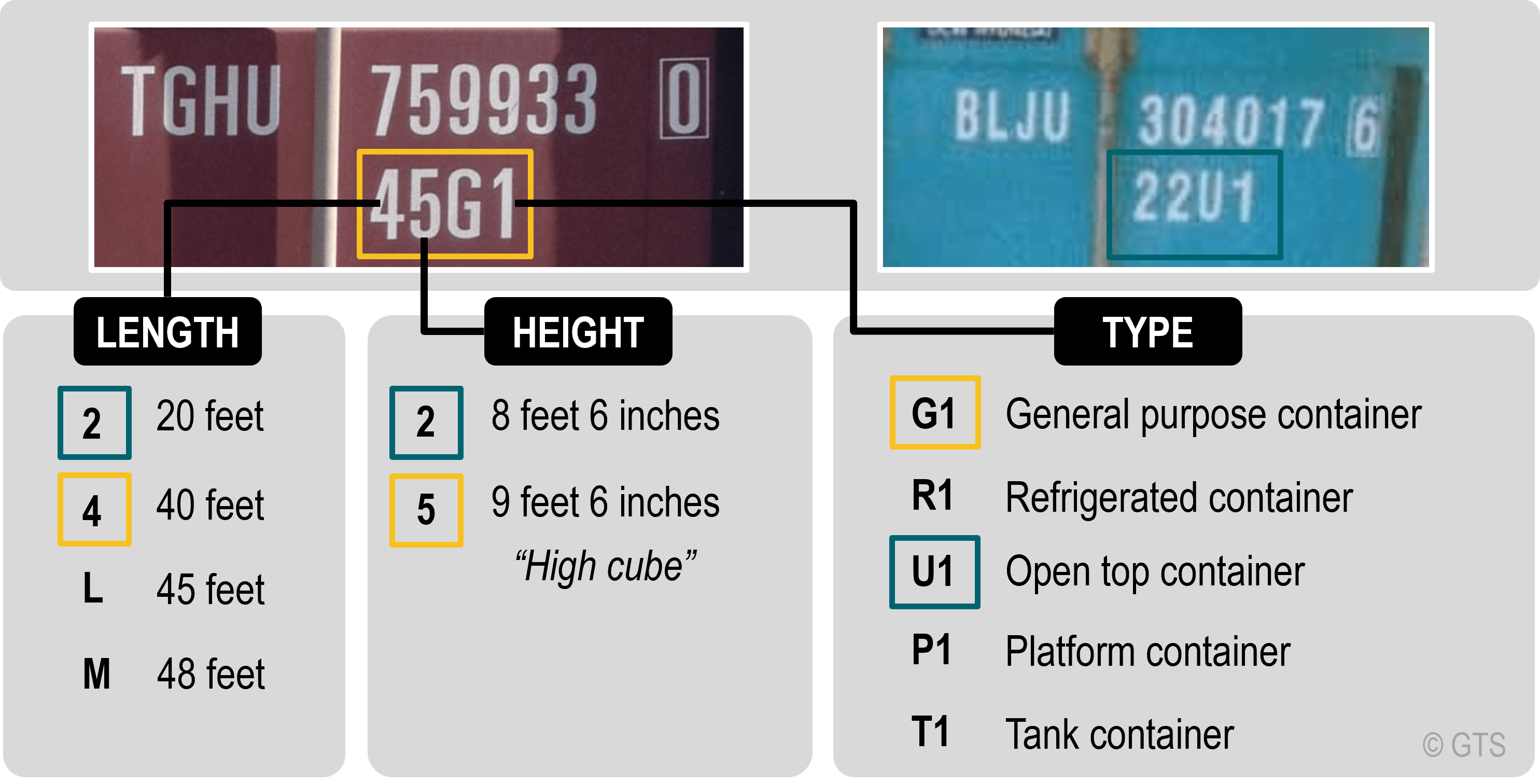
In programming, the term "container" can refer to different concepts depending on the context.
Here are some Common Interpretations of "Container" in Code:
Data Structure Container:
Software Container:
Container Classes or Generics:
ArrayList<T> that can store elements of any type T.Containers in Virtualization:
Distributed Systems Containers:
Dependency Injection Container:
Namespace and Isolation:
The specific meaning of "container" in code can vary based on the programming language and the problem domain. It's important to consider the context in which the term is used to understand its precise definition and usage.
Thank you.